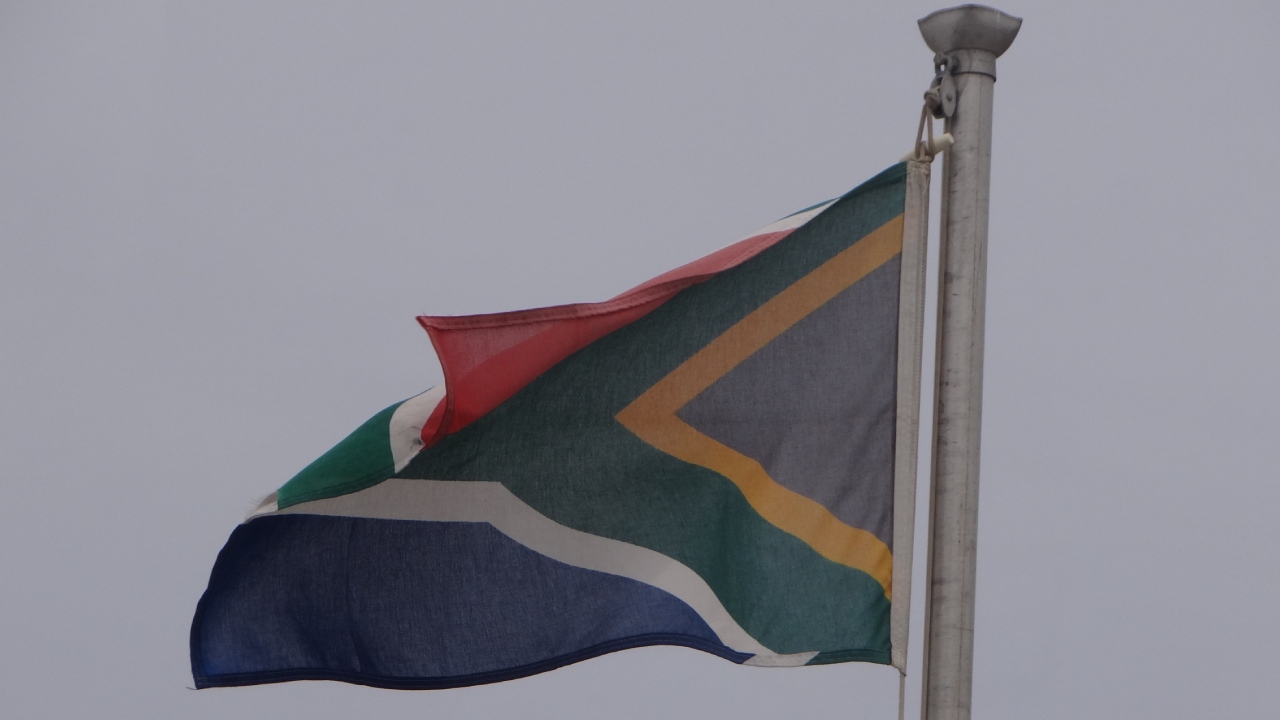- South Africa’s energy regulator has greenlit a new project that will see 1 000MW of power purchased from neighbouring African states.
- This 1 000MW could be procured from a range of countries, including Zambia and Botswana, and be used to ease the burden of loadshedding.
- South Africa already has a power purchase agreement with Mozambique which will see 1 000MW of power imported over a one-year period.
Despite being the most developed nation in the Sub-Saharan Africa region, South Africa has been forced to look towards its “less-developed” neighbours for aid during an unprecedented electricity crisis.
Earlier this year cabinet revealed that South Africa signed a power purchase agreement with Mozambique, and now the country’s energy regulator, NERSA, has given to green light on a new project to buy 1 000MW of electricity from countries in the Southern African Development Community (SADC) region.
This 1 000MW will add to another 1 000MW that Mozambique will sell to Eskom as part of that earlier agreement, however, this amount will be purchased gradually in blocks of 100MW every few months up to a year.
While government has not said which SADC countries it would like to buy power from, as the project is still in its early stages, there are 16 nations in the organisation.
These include Angola, Botswana, Comoros, the Democratic Republic of the Congo, Eswatini, Lesotho, Madagascar, Malawi, Mauritius, Mozambique, Namibia, Seychelles, Tanzania, Zambia, and Zimbabwe.
“New generation capacity must be procured or purchased to contribute towards energy security and accordingly, up to 1 000 megawatts (MW) should be procured from the Southern African Development Community (SADC) region from a range of technologies/sources,” NERSA said on Friday, per SA News.
NERSA says that energy should be procured from a “range” of countries in the SADC region.
“The range of energy producers from the region will either be utilities from the host countries or independent power producers that are legally operating within the host countries,” it explained.
It said that the responsibility of the purchasing will fall upon Eskom, who should set up power purchase agreements with the respective countries.
Any electricity purchased will be used towards bolstering South Africa’s energy grid, “as soon as reasonably possible, considering all relevant factors, including prevailing energy security risks and the time required for efficient procurement,” NERSA said.
Unlike South Africa, some direct neighbours are managing to meet their energy quotas.
In July 2022, Botswana began offering South Africa electricity it generated during off-peak periods. This was after President Cyril Ramaphosa made it clear that South Africa would begin importing power to aid Eskom’s capacity.
“BPC has therefore started engaging Eskom to purchase the excess electricity supply generated during off-peak times (weekends) in order to protect our plants against load management fluctuations and also to ensure that surplus electricity has a secured market,” Botswana’s energy utility said in a statement at the time.
Since then, Botswana has not sold any electricity to its Southern Africa neighbour.
Now more than a year later, South Africa is only beginning to remove some of the red tape that could make this a possibility in the hopes of easing the burden of loadshedding on the economy.
Former Eskom CEO Andre de Ruyter mentioned in October 2022 that buying power from neighbouring countries, including Zambia, would be something the utility would be considering. He also said that it would take 18 to 24 months from then for loadshedding to begin easing.
Alongside energy procured from neighbouring countries, NERSA also gave the greenlight to an additional 800MW of power to be bought from “a variety of local generators, including independent power producers.”
This coincides with a recent announcement from the Department of Trade, Industry and Competition (DTIC) to remove some of the needless regulation around independent power producers in the country, through a project called the “Energy One Stop Shop.”
South Africa is at rotating Stage 2 and Stage 4 outages as of Monday, but incoming cold weather could exponentially increase demand, leading to higher stages.
[Image – Photo by Julia Fiander on Unsplash]

